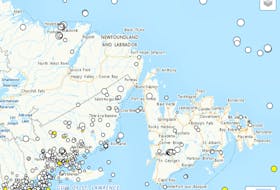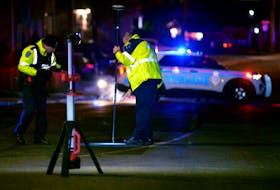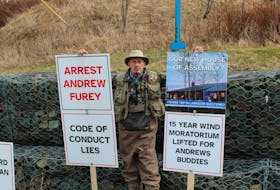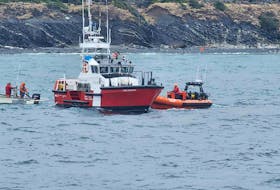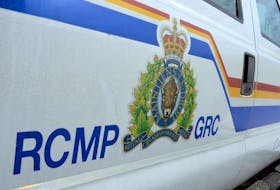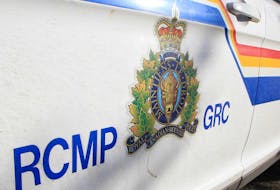The Office of the Child and Youth Advocate is launching an independent review of the treatment, experiences and outcomes of Inuit children and youth in the Newfoundland and Labrador child protection system, advocate Jackie Lake Kavanagh announced today (Wednesday).
The review will identify deficiencies, examine best practices and make recommendations for change within appropriate cultural context, a news release about the review said.
The request came from the Nunatsiavut Government.
“Too many of our children have been taken away from their families, communities, culture and way of life,” Nunatsiavut president Johannes Lampe said in the news release.
“The lack of critical resources and supports that are available in other parts of the country has caused undue hardship and emotional stress for many of our people. We have to find a way to address this serious issue, so that those affected can find a way to lead healthy, productive lives.”
The review will look at a number of areas related to Inuit children receiving services from the Department of Children, Seniors and Social Development including protective intervention, in care, foster care, youth services, and other alternate placements. Inuit communities will be directly involved, the office said.
Young people, elders, families, foster families, community leaders, extended family members, and service providers will be invited to share their experiences and their views for the future. Interpreting services will be provided when needed, and counselling and support services will also be available, given the sensitive nature of the discussion, the office said.
There will also be an extensive review of individual case files.
Indigenous children and youth are critically overrepresented in Canadian child welfare systems, the advocate said in the news release.
The federal government recently said the experience of Indigenous children in child welfare systems has reached crisis proportions with First Nations, Inuit, and Métis children making up more than half of Canadian children in foster care. Provincially, 345 (34 per cent) of the 1,005 children and youth in care in Newfoundland and Labrador are Indigenous. Almost half of these children are Inuit, the advocate said.
Since she took on the role in December 2016, Kavanagh said she has publicly stated services and approaches with Indigenous children and youth are a priority.
“I am extremely troubled about the poor outcomes for Indigenous children in the child protection system. This is a historical issue with its roots in colonial practices reflected in residential schools, generations of families with histories of trauma, and social inequality. The status quo is not acceptable and cannot continue for Inuit children and youth,” Kavanagh said in the release.
In addition to ongoing consultation, Kavanagh said the Nunatsiavut Government’s support will be valuable in co-ordinating logistics, communications and plans within Inuit communities, and engaging with the communities in ways that are culturally respectful and appropriate.
The work will be concluded by March 31, she said, adding the report will be made public.
The terms of reference are:
- Inquire into why the child protection system is not producing favourable outcomes for Inuit children;
- Review policies, case management practices, and administrative practices for delivering child protection services to Inuit children; this will include reviewing data relating to key decision points including referrals, investigations, plans, assessments, removals and placements;
- Complete research into other reviews, Inquiries and research findings on child protection experiences in Indigenous communities, including deficiencies, best practices and recommendations;
- Engage Inuit communities including young people, elders, leaders, service providers, parents, extended families and foster parents to identify experiences with the child welfare system, and solicit ideas for change;
- Make recommendations for improved child protection outcomes for Inuit children and youth within an appropriate cultural context;
- Report back to communities on findings and recommendations at the conclusion of the review.


